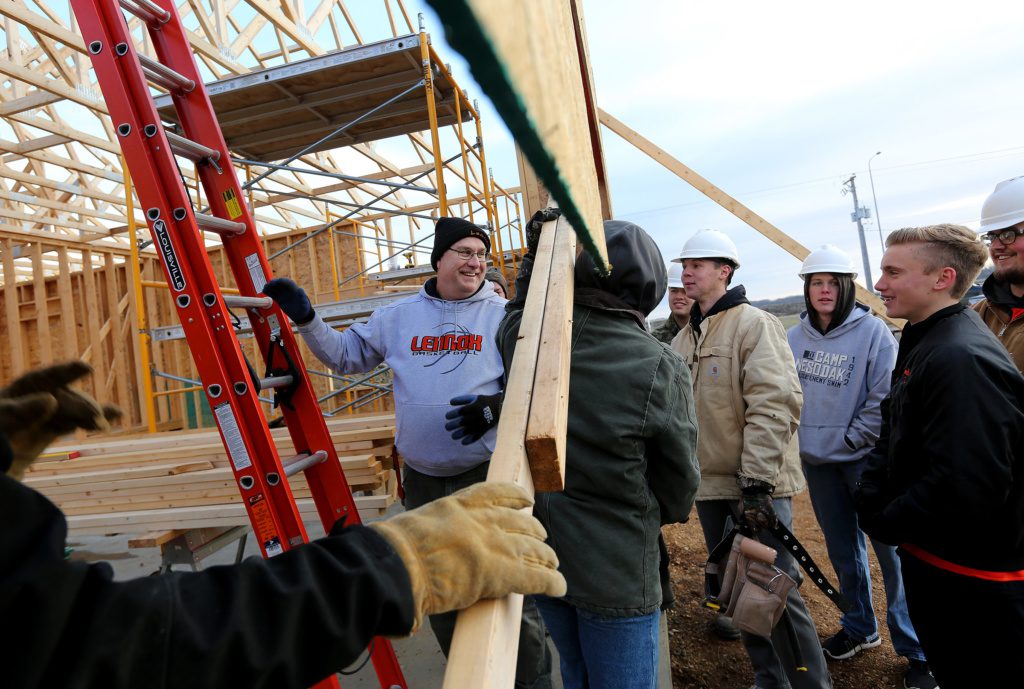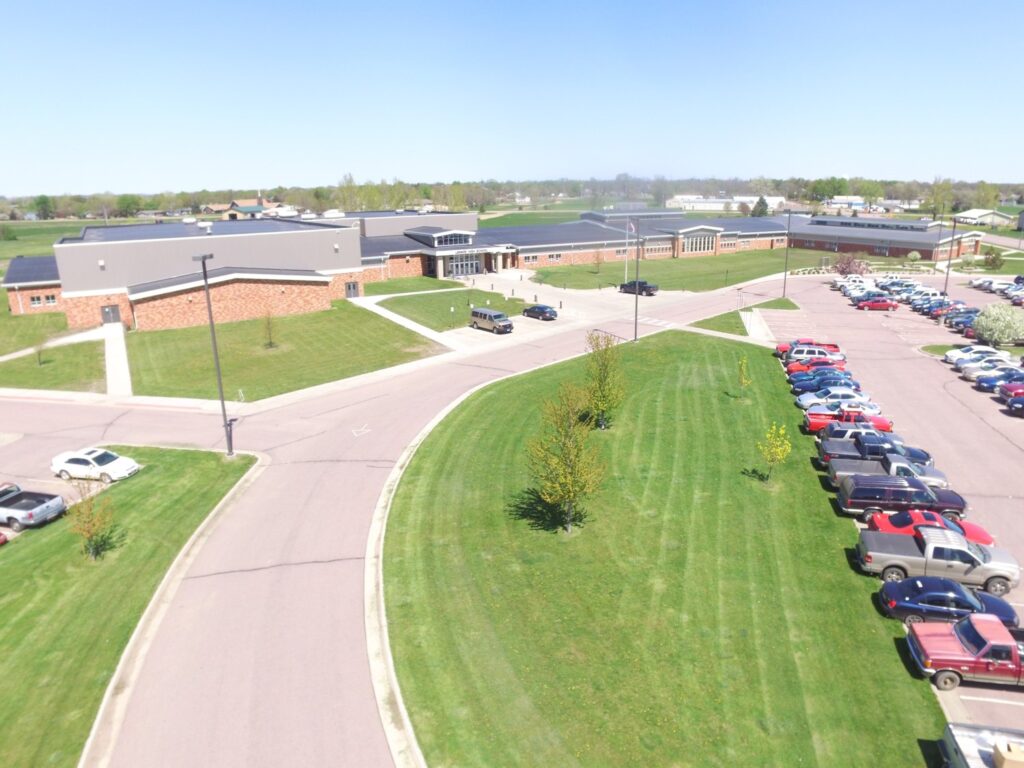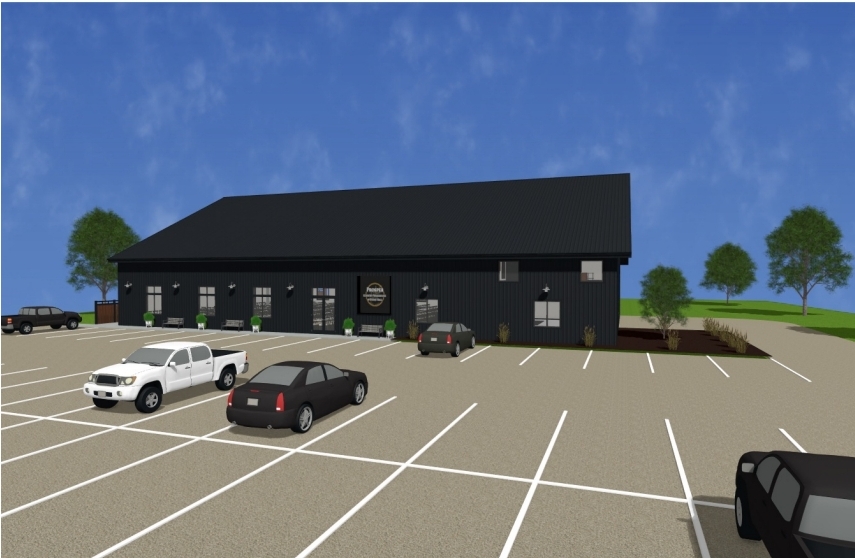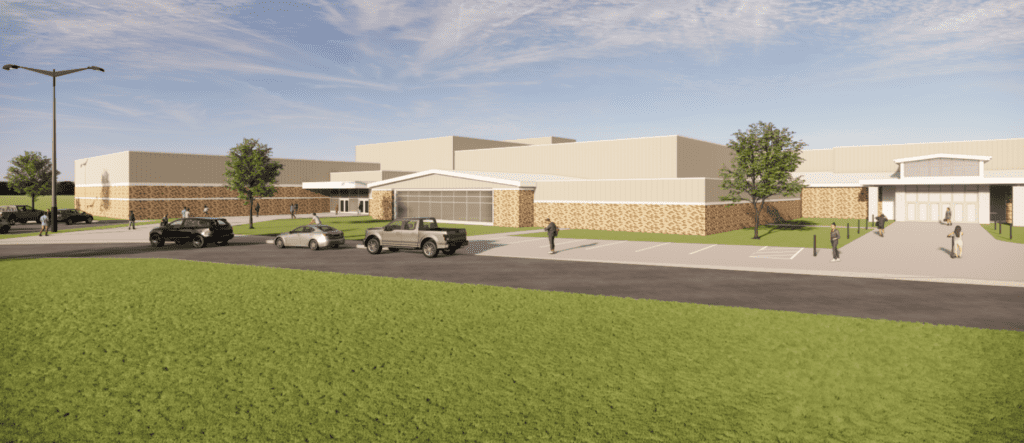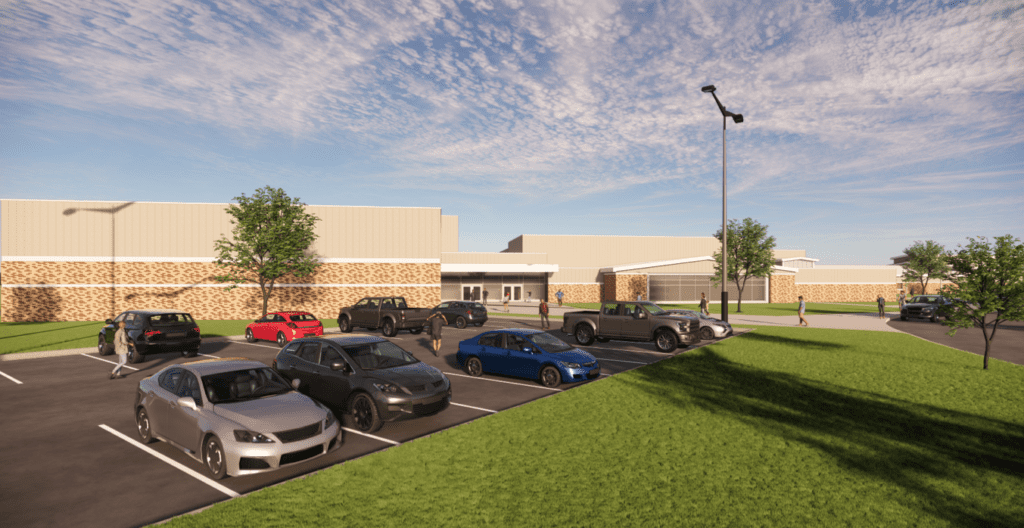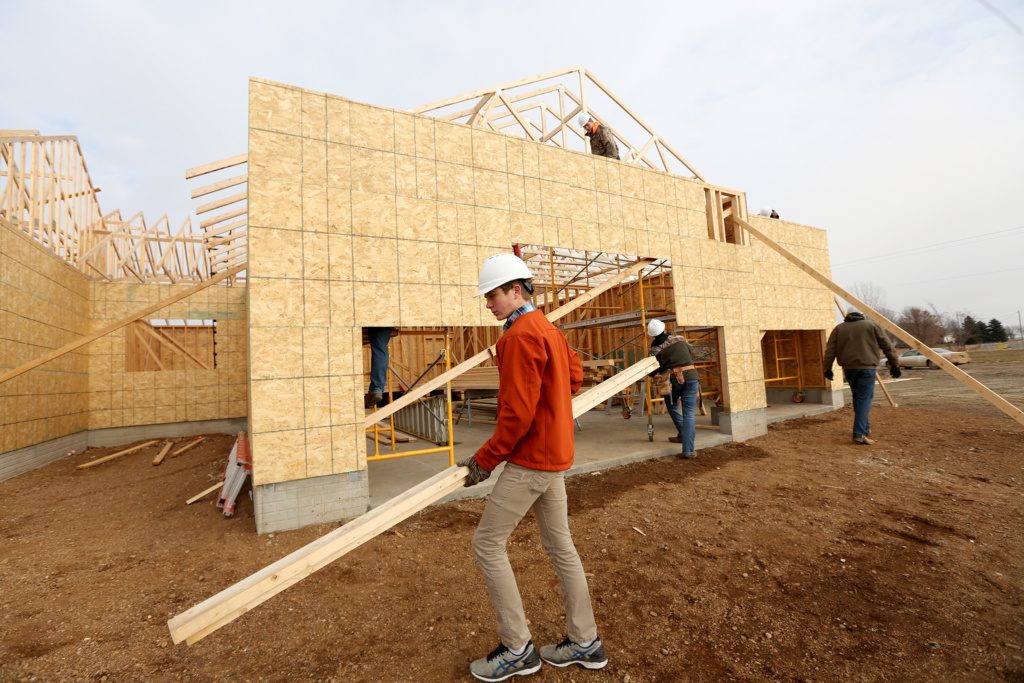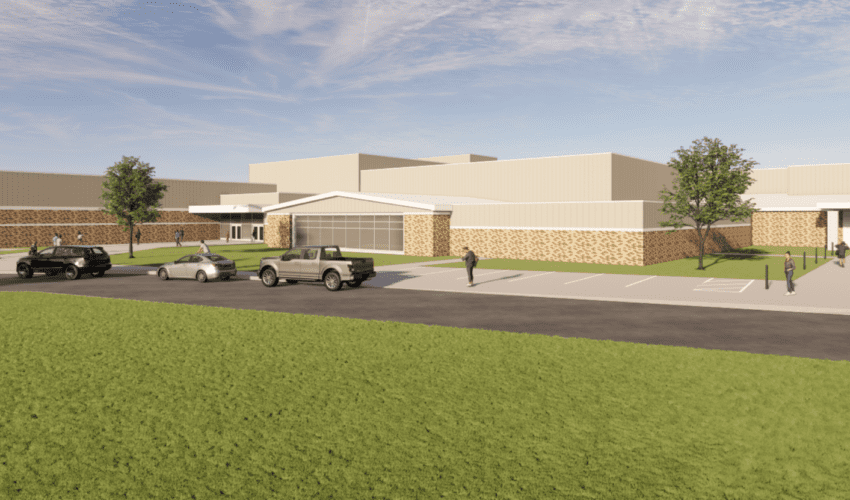Why do people choose to live and work in a community? It often starts with schools
April 26, 2023
This paid piece is sponsored by Sioux Metro Growth Alliance.
As the building trades instructor at Lennox High School, Paul Kruse easily might see himself in his class of students.
A member of the Lennox Class of 1987, he returned to teach 12 years ago after a career in retail lumber and construction.
“I don’t plan on moving. I enjoy the kids. I enjoy the shop. I enjoy building things.”
His four kids all went through Lennox schools, too, graduating from 2011 to 2021. His oldest son even has returned as a biology teacher.
“We have a lot of alumni that teach here,” Kruse said. “We don’t lose many teachers either. It’s rare for a teacher to leave, and when they do, it’s usually to go back to their hometown.”
His kids all said they felt prepared for college, and within the school community, “as a teacher, I know all the kids, and the students also know who’s who, and I feel that’s always nice,” he said. “I couldn’t imagine growing up in a large-city high school where you’ve got 2,000-plus kids. I wouldn’t be able to fathom it.”
Like he and his family, many others in the Sioux Falls metro area are drawn to the smaller, more close-knit schools of metro-area communities that still allow easy access to Sioux Falls.
“The school district is absolutely a crucial part of the community’s success,” said Ryan Solberg, an economic development specialist at Sioux Metro Growth Alliance who works closely with the community of Lennox.
“When you have a well-regarded public school system, it becomes much easier to attract young families to town. That in turn makes it easier to attract new businesses, particularly retail and dining where they need a bigger population to sustain themselves, and to meet the workforce needs of our larger employers, which just creates more investment back into the community. The school is really at the center of a positive cycle of growth.”
Enrollments have reflected that. In the past 10 years, Lennox enrollment grew from 1,032 to 1,157 students.
Other districts seeing impressive growth include Harrisburg, which went from 3,267 to 5,902, Tea from 1,492 to 2,302, Dell Rapids from 919 to 990, Tri-Valley from 809 to 951 and Parker from 362 to 485.
The growth also has led to a string of building projects, including:
- Brandon: A recent addition of 21 classrooms to Brandon Valley High School.
- Baltic: A school expansion that includes a new high school.
- Dell Rapids: The new St. Mary Catholic Elementary School.
- Harrisburg: A new Freshman Academy, middle school and elementary school.
- Tea: A major expansion to the high school and a recent addition at Liberty Elementary.
- Tri-Valley: A new high school and a new elementary school.
- West Central: An elementary school expansion.
“I think all of the schools in the Sioux Falls metro area have good facilities and are keeping up with the right things to have a safe, clean, welcoming environment,” said Dr. Chad Conaway, superintendent of the Lennox School District.
“As people find places to live and work around the Sioux Falls area, it’s just going to naturally grow because of our geographic location.”
What stands out about Lennox is the consistency of its growth, Solberg said.
“I’ve been in the community for two years, and it seems like we’ve always seen month-over-month and year-over-year growth in sales tax revenue, property tax revenue and building permit valuations,” he said. “Despite macroeconomic headwinds, we still see businesses and residents investing in our community, so we’re growing at a good clip.”
The new Prosper Country Warehouse and Event Hall plans to open in the coming months and a new Mexican restaurant is coming, as well as other projects in the works, he added.
Lennox began investing for growth a few years ago with an addition and renovation to its elementary school.
“What we’ve seen recently is our high school and junior high have seen more growth,” Conaway said. “We’re getting new students, but they’re in the upper grades.”
To serve those students, on May 9 the community will vote on whether to fund a $17.2 million bond to expand the junior high and high school with:
- An auxiliary gym with 500 seats.
- A larger weight room.
- Two additional varsity locker rooms.
- A performing arts center with up to 900 seats.
- A new designated activities lobby.
- Remodeled kitchen and cafetorium areas to accommodate two serving lines.
“This would also mean our current cafetorium, which includes a stage, can become just a designated lunch space as that continues to grow,” Conaway said.
“And the auxiliary gym would help ease stress on our one gym, whether it’s scheduling for PE for junior high and high school or other activities and sports.”
In addition to activities, Sioux Falls metro-area schools look for ways to distinguish their academic and career-readiness experiences, he said.
In Lennox, one example is a partnership Kruse has established with an area contractor that allows students each year to work on building a house on-site.
“The kids get real-life experience, and we’re told the house generally sells quickly,” Kruse said. “I could name a dozen kids or more who have gone into the trades after this experience. My youngest son is even at Southeast Tech for architectural design.”
It’s a similar theme in other metro-area communities, Solberg said.
“If you ask the new residents of many of our communities why they moved to a more rural area, many would say that they wanted their kids to have the experiences and excellent learning environment that small schools provide,” he said. “It’s a massive draw for our communities. On top of that, our school districts are great at working with our regional businesses to help get young people plugged into career opportunities and help tackle some of the workforce challenges we are facing. We’re blessed to have them as partners in growth.”
It’s that total-package experience that attracts and keeps students, families and faculty in metro-area schools while building a unique sense of community.
“You go to a basketball or football game, and the stands are packed,” Kruse said. “Girls or boys sports, it doesn’t matter.”
To learn more about the benefits of living and working in the Sioux Metro area, click here.

